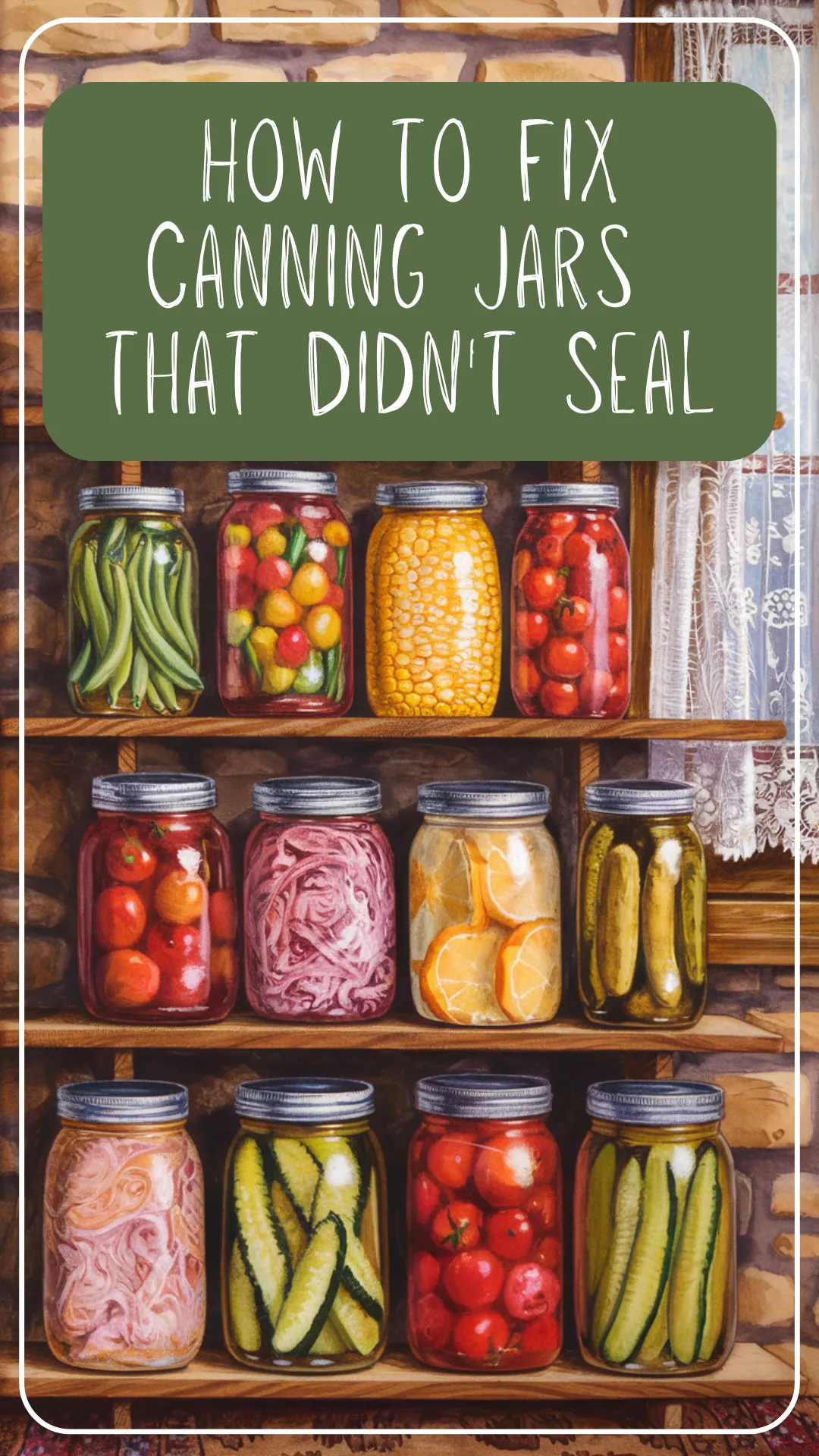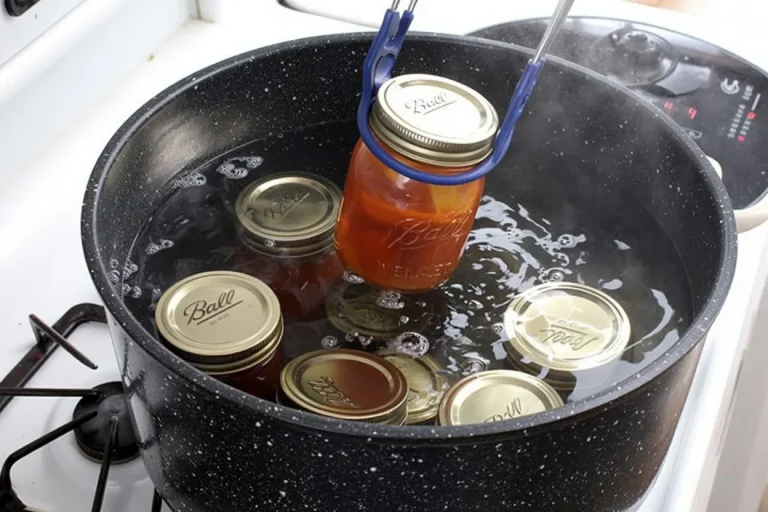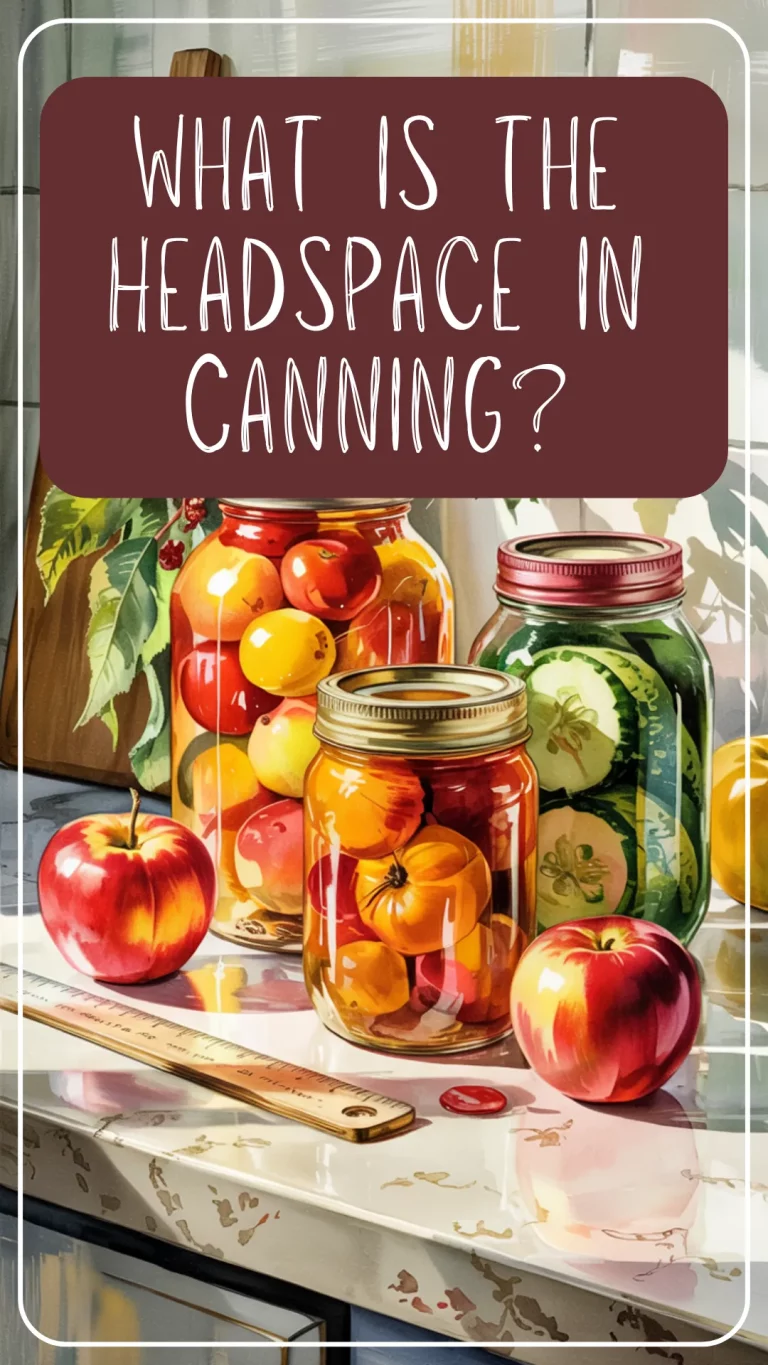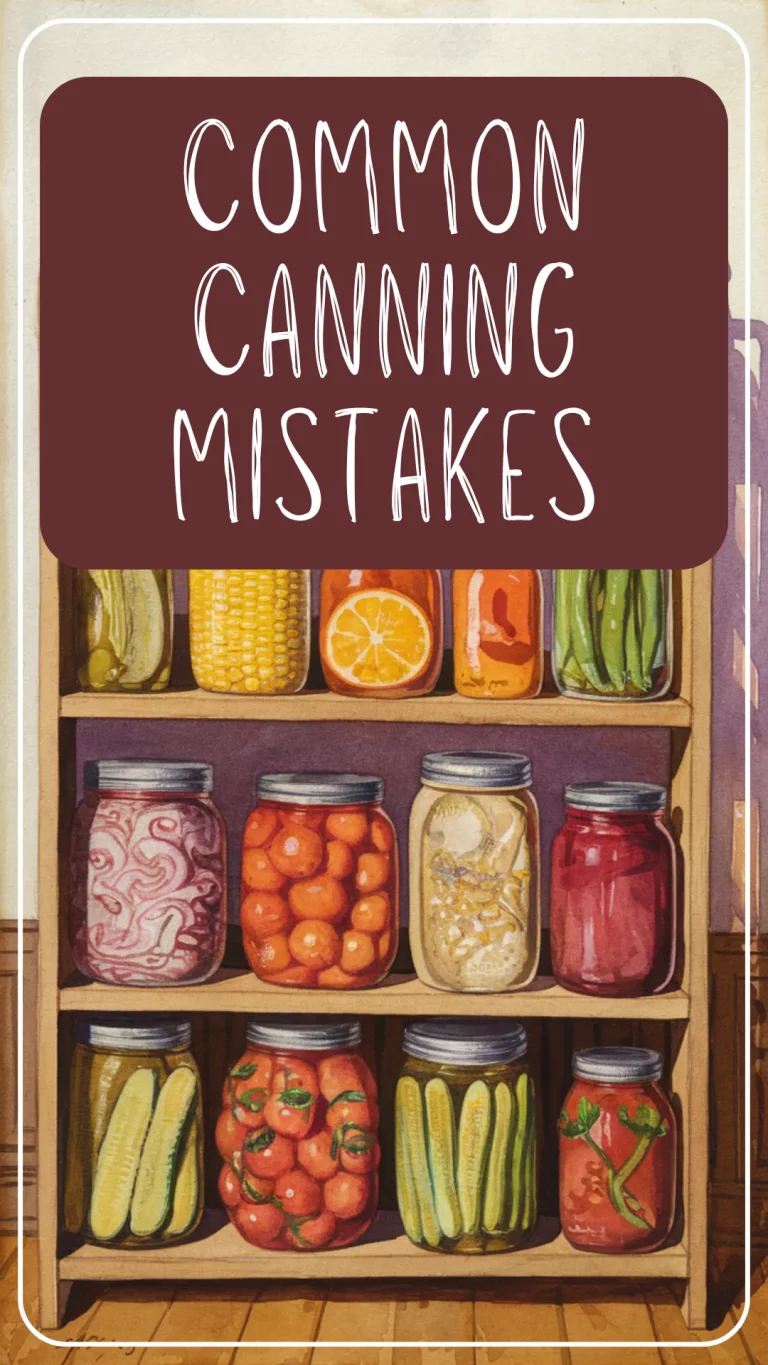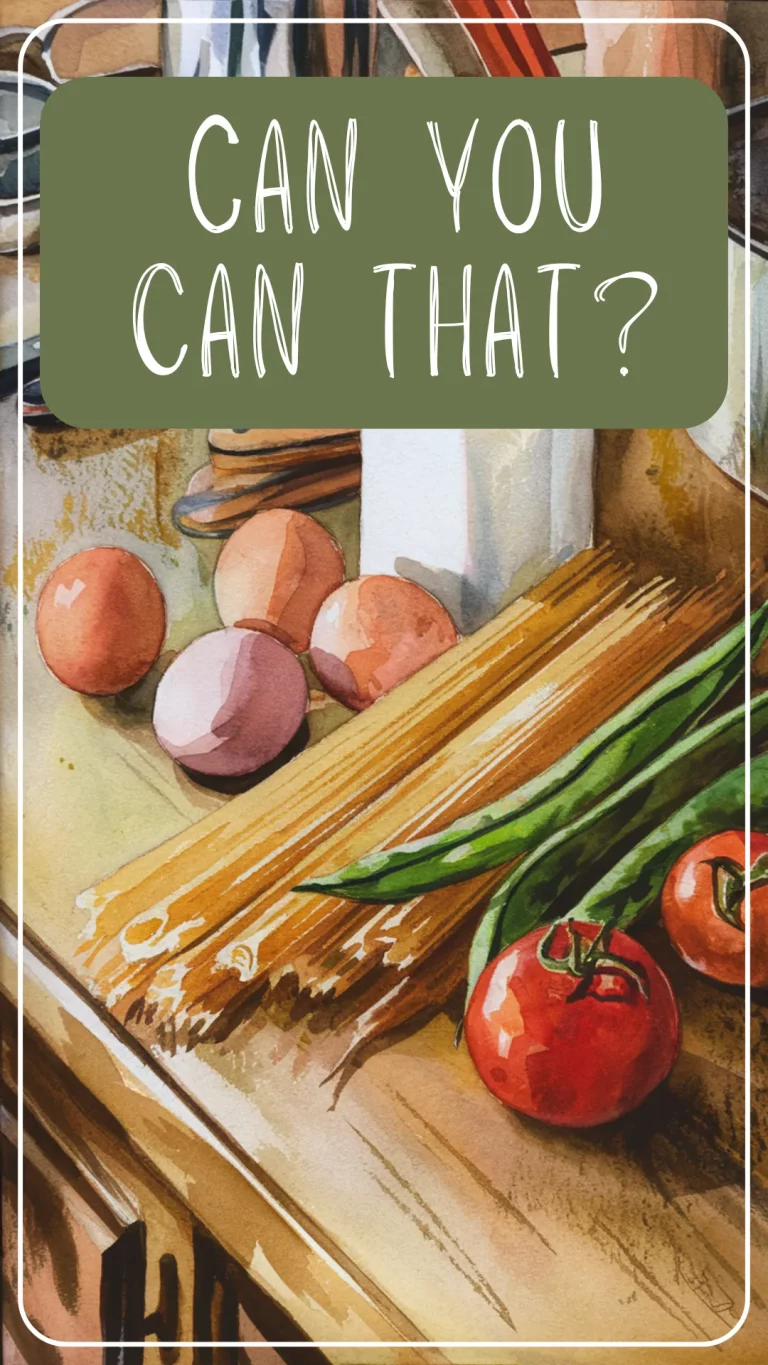How to Fix Canning Jars that Didn’t Seal
If your jars didn’t seal, don’t panic—it happens! You can either reprocess the jar within 24 hours, refrigerate and eat the contents soon, or freeze it for later. Unsealed jars are not shelf-stable, so don’t store them in your pantry. Always use new lids, check for rim damage, and make sure your headspace was correct.
Inside this post:
- 1 What to Do If Your Canning Jars Don’t Seal
- 2 Read Next on The Strawberry Pantry:
What to Do If Your Canning Jars Don’t Seal
Well… That Didn’t Go As Planned
You followed all the steps. You chopped, simmered, stirred, ladled, and wiped like your life depended on it.
You even did the dance of joy when the lids pinged as they cooled.
But the next morning? One of your jars didn’t seal.
Cue the canning dread spiral: Did I do it wrong? Is it all ruined? Can I still eat it?
Breathe. This happens to every canner—yes, even the seasoned grandmas. Let’s walk through exactly what to do (and what not to do) when this happens.
First Up: How Do I Know If a Jar Didn’t Seal?
If the center of the lid pops up and down when you press it? That jar did not seal.
If the lid is flat and stays down, even when you gently press the center? You’re good to go.
Always check your seals 12–24 hours after canning, once the jars have cooled completely.
Why Didn’t My Jar Seal?
There are a few possible culprits:
- The rim wasn’t clean, or had food residue
- The headspace was off—too full or too empty
- The lid wasn’t centered or was tightened too much or too little
- You used an old lid (they’re single-use!)
- The processing time was too short, or your canner lost pressure/heat
Sometimes, it just… happens. Doesn’t mean you failed—it just means you’re canning.
What to Do If a Jar Didn’t Seal
You’ve got three safe and practical choices:
1. Reprocess It (If It’s Been Less Than 24 Hours)
If the food is still at room temperature and it’s been less than a day:
- Remove the lid and check the rim for nicks or cracks
- Wipe the rim clean with a damp cloth
- Put on a brand new lid (you can reuse the band)
- Reprocess the jar using the same method and full processing time
This is totally safe and often works perfectly the second time around. Just note: softer foods (like peaches or pickles) may lose a little texture with double processing.
2. Stick It in the Fridge and Use It Up
Not in the mood to reprocess? That’s totally fine.
Just pop the unsealed jar in the fridge and treat it like any other homemade food. Use it up within a week or so—sooner if it’s something low-acid like a savory sauce or veggie mix.
This is a great excuse to bake some fresh biscuits and enjoy that jam, or plan a snack tray around your pickles. Nothing wasted, just enjoyed a little sooner.
3. Freeze It for Later
If you don’t have room in the fridge—or don’t need to eat it right away—freezing is a smart backup plan.
Scoop the contents into a freezer-safe container, leave a little room at the top for expansion, and pop on a label with the name and date.
This works really well for things like applesauce, tomato puree, fruit butters, or even broth. You’ll be glad it’s there when you need a quick pantry shortcut down the road.
Can I Leave It on the Shelf Unsealed?
Short answer? Nope.
Unsealed jars are not safe for pantry storage, even if they look fine.
Air and bacteria can sneak in, and that’s a risk not worth taking. Pop them in the fridge or freezer instead.
How to Avoid Seal Issues Next Time
Some easy tips to boost your sealing success:
- Always start with brand new lids
- Wipe rims thoroughly before adding lids
- Double-check headspace using a tool or ruler
- Remove air bubbles before sealing
- Don’t overtighten the bands—just “fingertip tight”
- Let jars cool undisturbed for 12–24 hours
Remember: even the best canners lose a seal now and then. It’s part of the process.
Final Thoughts
If a jar didn’t seal, it doesn’t mean you messed up. It just means you’re learning something every home canner has dealt with before. You’re still preserving food, feeding your family, and honoring a timeless tradition—and that’s pretty amazing.
So reprocess, refrigerate, or freeze—and then get back to enjoying your kitchen full of jars and memories.
Read Next on The Strawberry Pantry:
Tempted by oven canning hacks online?
Here’s why that viral trend is actually dangerous—and what to do instead.
Wondering what kind of canner you really need?
Check out this handy guide comparing pressure canners and water bath canners, so you can pick the right tool for your kitchen.
Just starting out with canning?
Don’t miss our beginner’s guide to water bath canning—it walks you through each step with calm, simple instructions.
Need help storing your sealed jars?
Learn how to keep your home canned food safe and organized with these easy storage tips.
